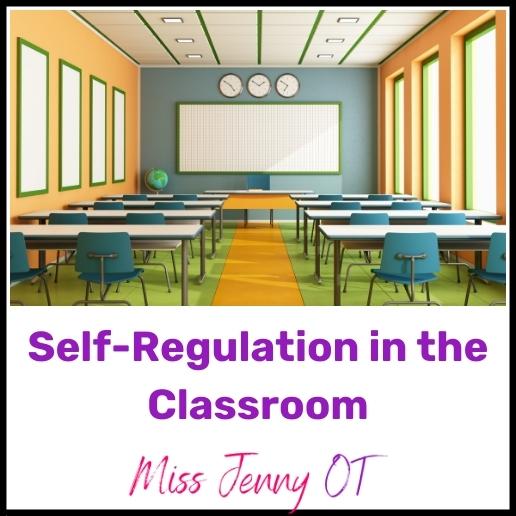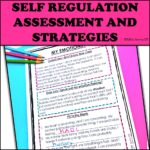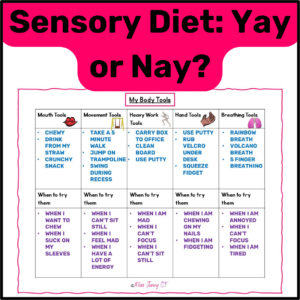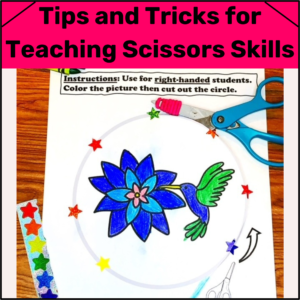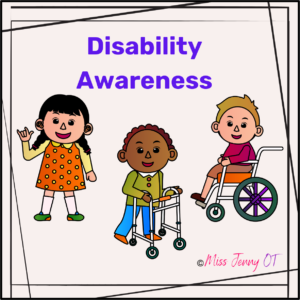Do your students struggle with self-regulation in the classroom?
Picture this: you have the perfect social emotional learning (SEL) curriculum. Your room is decorated with all of the visuals and check-ins. You use the language daily with your students. So why are the students still having difficulties with self-regulation?
Why are students having difficulty applying the strategies for self-regulation?
The big question is actually, How? How do students know when they need to use a strategy? Often the missing piece is interoception. Interoception is our 8th sense. It is what tells us how fast our heart is beating, how fast we are breathing, when we are hungry, when we need to urinate, and more. These signals link to our emotions and tell us to act. For example, noticing our stomach feels empty usually compels us to eat.
Many people have underactive interoception systems, or they notice the signals but do not know how to interpret them. If a student is getting frustrated, their breathing may get faster, their heartrate may increase, and there may be other signs. The student may not notice the signs in time to apply a strategy.
How can we help support self-regulation in the classroom?
- Along with the SEL curriculum, teach students what body sensations may connect with emotions
- It is normal to have different sensations and names for them
- Help the students learn their signs and names they want to use. Kids enjoy learning through doing, so include experiments in the process
- Have the kids engage in movement to notice their heartrate and breathing
- Discuss before and after snack/lunch what they notice in their bodies
- Do daily check-ins on the fly (for example, “Quick, how do your muscles feel right now?”)
- Do art projects drawing themselves and labeling sensations they may feel in different parts of their bodies
- Research interoception for further information
- Use books to introduce and practice concepts-check out my blog post of my favorite Self-regulation books for children
- Grab my free resource Teaching Interoception Introductory Guide to learn strategies for teaching interoception
Consider the following resources:
How do you address self-regulation in your classroom? Let me know in the comments below.


